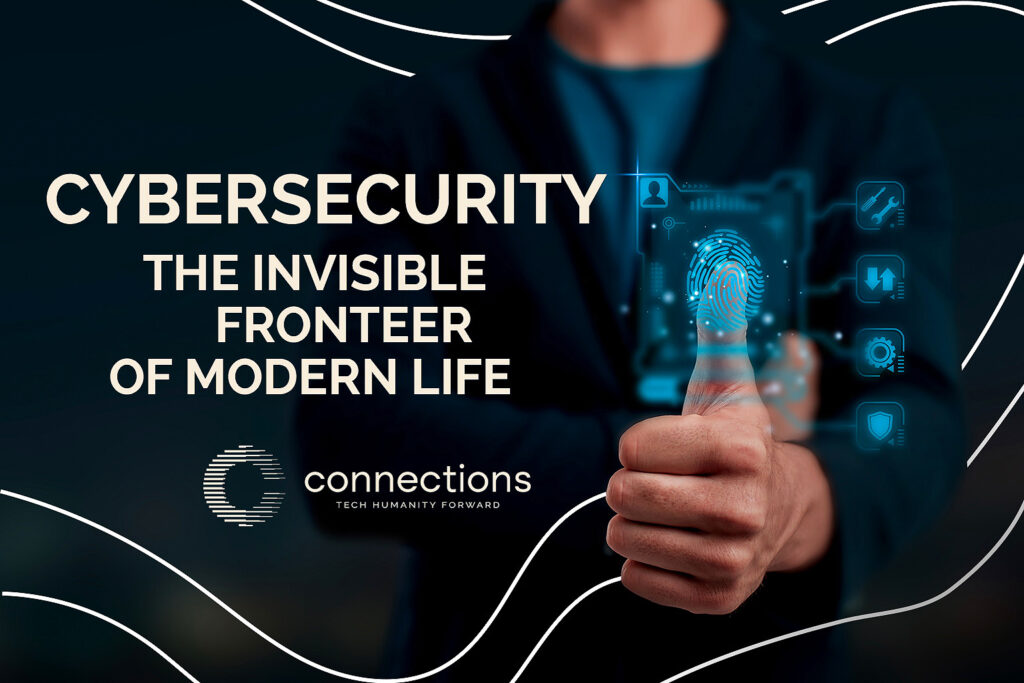
Today, technology is part of almost every aspect of our lives – at home, at work, in our free time, and even when we travel. But as we use the internet and connected devices more and more, we need to realize that cybersecurity is no longer an option, but an absolute necessity. It is an essential part of every person’s digital “hygiene.”
In our professional lives, a cyberattack can cripple a company, compromising sensitive customer data and damaging their trust. Remote working has increased the risks, and regulations are becoming stricter, forcing companies to implement robust protection measures.
In our personal lives, the threats are just as real. Identity theft, online fraud, and compromised smart devices can turn our digital comfort into a nightmare. Social networks, connected homes, and everyday apps need to be protected to keep us safe and private.
When A Breach Becomes an Earthquake
For companies, a cyberattack is not just an IT problem, but an operational disaster with major financial and reputational impact. Large corporations invest enormously in data protection, but SMEs are not exempt from risks either.
In 2021, a ransomware attack on software provider Kaseya shut down more than 1,500 companies worldwide. The hackers demanded a ransom of $70 million, and the effects spread throughout the chain, affecting entire industries.
Protection strategies
Digital Identity, The New Favorite Target
If in the past identity theft meant forging a physical document, today a few wrong clicks can open wide the doors to bank accounts or social networks. Hackers use personal data to clone identities and carry out social engineering attacks.
In 2022, a massive data leak from a social media platform exposed millions of users. The data, later used in phishing attacks, allowed hackers to take control of accounts and steal money or confidential information.
How do we protect ourselves?
Using a password manager to generate and store complex and unique passwords.
Enabling security alerts for suspicious accesses.
Pay close attention to messages requesting urgent action – a clear sign of attempted fraud.
Smart Home: An Open Door For Attackers?
IoT (Internet of Things) devices make our lives more convenient, but they are often vulnerable points exploited by attackers. Whether it’s security cameras, smart thermostats or digital locks, every device connected to the internet can become a potential security breach.
A family in the US discovered that hackers had accessed their video surveillance system and were monitoring their activity in real time. Furthermore, the attackers took control of the devices and tried to communicate through them, scaring the owners. This vulnerability was possible because the default password of the camera had not been changed after installation, and the attackers were able to guess it.
In another case, a group of hackers compromised a smart lighting system of a luxury hotel, managing to control the lights and temperature in the guest rooms. The attackers demanded a ransom in cryptocurrency to restore the hotel’s control over its own system.
Security Measures: